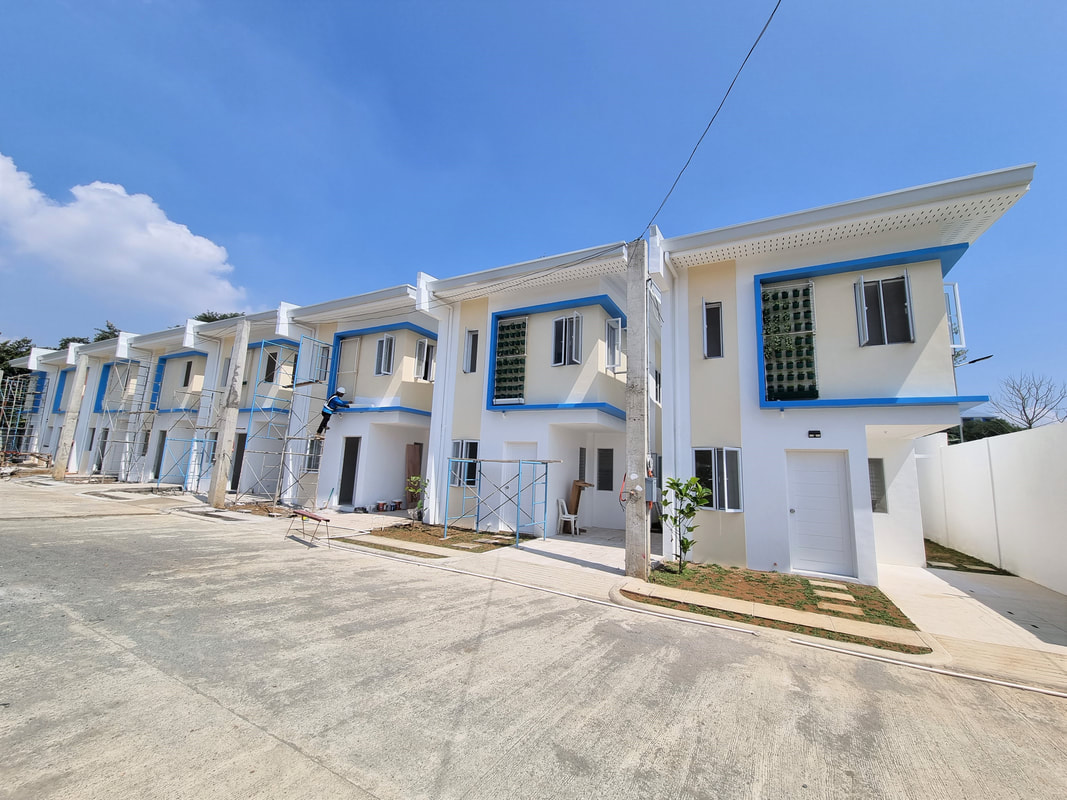|
Your appliances have a secret. They consume electricity even when they are turned off. It is called “phantom load.” These are 6 appliances that typically have unwanted phantom loads and how we can eliminate it to save electricity. 6 appliances that have phantom loads
How do you know if an appliance has phantom load?
When kept plugged, most appliances still eat up electricity even when they are turned off. Notice that when you turn off your appliance and you keep it plugged, there is still some form of light on the appliance. It may be a small red light indicating that your TV, DVD player, printer and scanner are in “standby mode”. It may be a clock showing in your microwave oven. Even though small, these lights still consume a small amount of electricity, and they all add up. How can you eliminate phantom loads?Eliminating phantom loads is fairly easy. When you are not using your appliance, always make sure to unplug them from your electrical outlets. You may also install a disconnect switch, an extension cord with a switch on it, for your convenience so that in one switch, all the plugged loads are instantly disconnected from power. The best way to prevent phantom loads is to install an automatic voltage regulator or AVR. It is more expensive than the ordinary disconnect switch, but this AVR has the capability of preventing electrical surges from your power outlets that might destroy your appliance. However, these AVR and disconnect switch will not eliminate these unwanted phantom loads if you are not aware and mindful about switching them off.
0 Comments
In this article, you will learn why you feel cooler when you wear white clothes and how this can make your home eco-friendly. Do you notice that you feel cooler when you wear white clothes, but when you wear black clothes you feel warmer? This is because of the science of colors and lights. And we can apply these principles in making our homes eco-friendly. The science of colorsThe colors of the rainbow, the ROYGBIV that we all know from preschool, make up what scientists call visible light that our human eyes can see. When light from the sun hits an object that is color blue, what happens is that the object reflects the color blue that we see with our eyes, and all the other colors of the visible light, the ROYGIV without the B, gets absorbed by the object. The more color is absorbed by the object, the hotter the object becomes. When our eyes see a black shirt, no light is reflected and all the ROYGBIV are absorbed by the shirt, making your shirt warmer. When our eyes see a white shirt, all the ROYGBIV are reflected and no light is absorbed, making your shirt absorb less heat.
Colors affect comfort in homesThe same science applies to homes. A home that is color white reflects all the ROYGBIV and no light is absorb, making the home cooler. A home that is color black absorbs all the ROYGBIV, making the home absorb more heat. The lighter the color of the home is, the less heat gets absorbed and the cooler it gets. Because of our warm climate, cooler homes are what we need in the Philippines. This means that a Filipino home needs to be in light colors for the house to be cooler and homeowners will be more comfortable. This will also make the home more energy-efficient and eco-friendly. Why are light colors eco-friendly?Dark-colored houses can make a house warmer as it absorbs the heat coming from the sun. Because of this, homeowners will tend to use more electric fans and air conditioners for them to be comfortable. On the other hand, light-colored houses can make a house cooler. Because of this, homeowners will tend to use less electric fans and air conditioners. With less consumption of electricity, less energy was generated from coal-fired power plants that use up oil, gas and fossil fuels, and less carbon dioxide was emitted to the atmosphere from these plants. The home becomes eco-friendly because it did not contribute to carbon dioxide emission that is the main cause of global warming. This is why the colors of the façade and roof of BluHomes Breeze are very light colors and mostly white, to make the home eco-friendly. Learn more about this eco-friendly townhouse project in Amparo Caloocan by clicking the link below:
|
Eco Friendly HomesBluHomes are eco-friendly homes certified as green building developments. See the latest eco-friendly developments of BluHomes by clicking here:
Archives
February 2024
|
AZTALA CORPORATION
Unit 1-T Tara Residences, #398 Tandang Sora Ave.,
Bgy. Culiat, Quezon City, Metro Manila, Philippines 1128
Sales: (+63) 999-888-3736 • [email protected]
Head Office: (+63) 998-593-5317 • [email protected]
Unit 1-T Tara Residences, #398 Tandang Sora Ave.,
Bgy. Culiat, Quezon City, Metro Manila, Philippines 1128
Sales: (+63) 999-888-3736 • [email protected]
Head Office: (+63) 998-593-5317 • [email protected]







